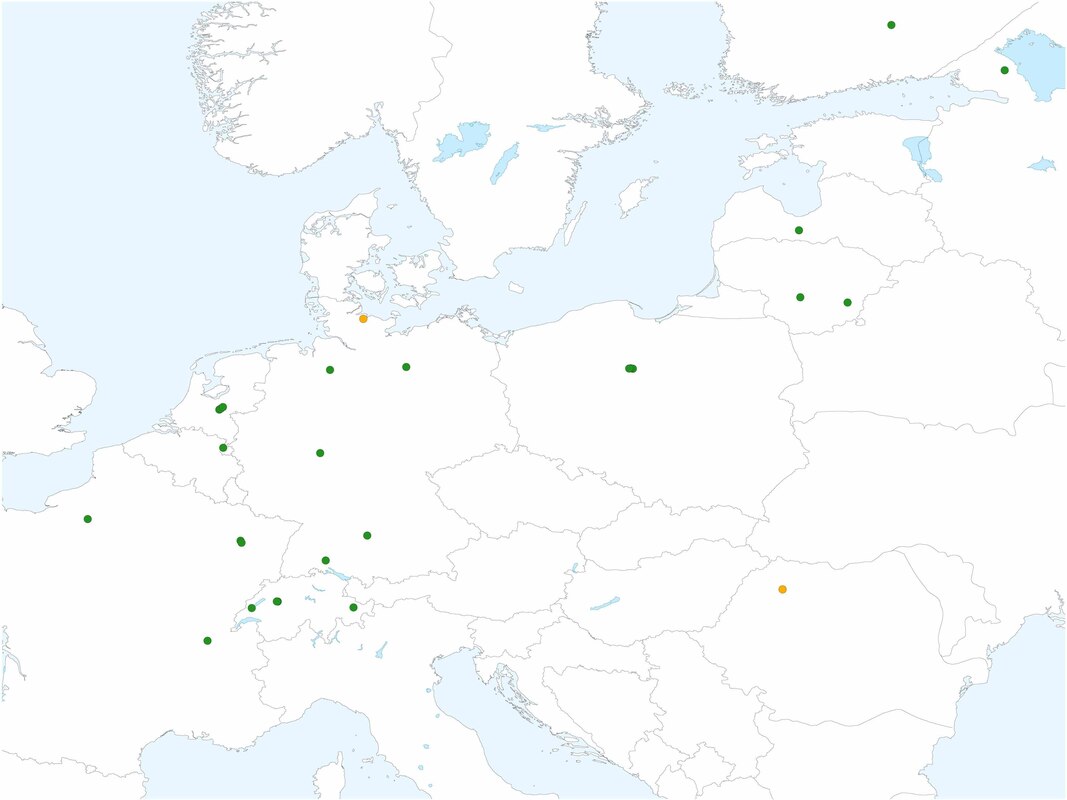|
Causes and consequences of novel plant defenses
My current work focuses on the mechanisms of phytochemical diversification and its consequences for communities of interacting herbivores. Specifically, I focus on plants which have gained novel defensive traits in evolutionary recent times to study the effects on co-evolved herbivores. Plants of the genus Erysimum belong to the Brassicaceae and as such produce glucosinolates as defensive compounds. However, in addition these plants have gained the ability to synthesize toxic cardenolides, making the plants at least partially resistant against herbivores specialized on Brassicaceae plants. The genus Erysimum is highly species rich following a recent radiation. I have characterized 48 species for their phytochemical defenses, and together with collaborators established a phylogeny from transcriptome sequences. We could demonstrate that glucosinolate and cardenolide defenses evolved independently of each other and likely serve distinct defensive functions in the plant. What is more, the gain of cardenolide defenses was likely a key driver of the species radiation in this genus. Ongoing work includes characterization of plant resistance to generalist and specialist herbivore species. Key paper: Züst et al. (2020) eLife |
The aphid Lipaphis erysimi, a main herbivore of Erysimum cheiranthoides
|
|
Natural variation in chemical defense of the Wormseed Wallflower
In collaboration with Georg Jander of the Boyce Thompson Institute I am working towards developing molecular tools for studying the mechanisms underlying the cardenolide diversity in the annual plant Erysimum cheiranthoides, including the elucidation of biosynthesis pathways. As a key effort, I am building a collection of natural accessions of E. cheiranthoides from populations across the natural range of this wide-spread species, which will serve as an invaluable resource for characterization of intraspecific variation and genetic mapping. |
Map of Europe with sampled E. cheiranthoides accessions.
|

